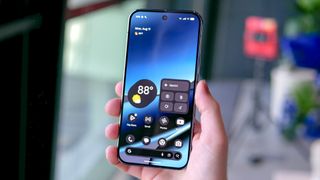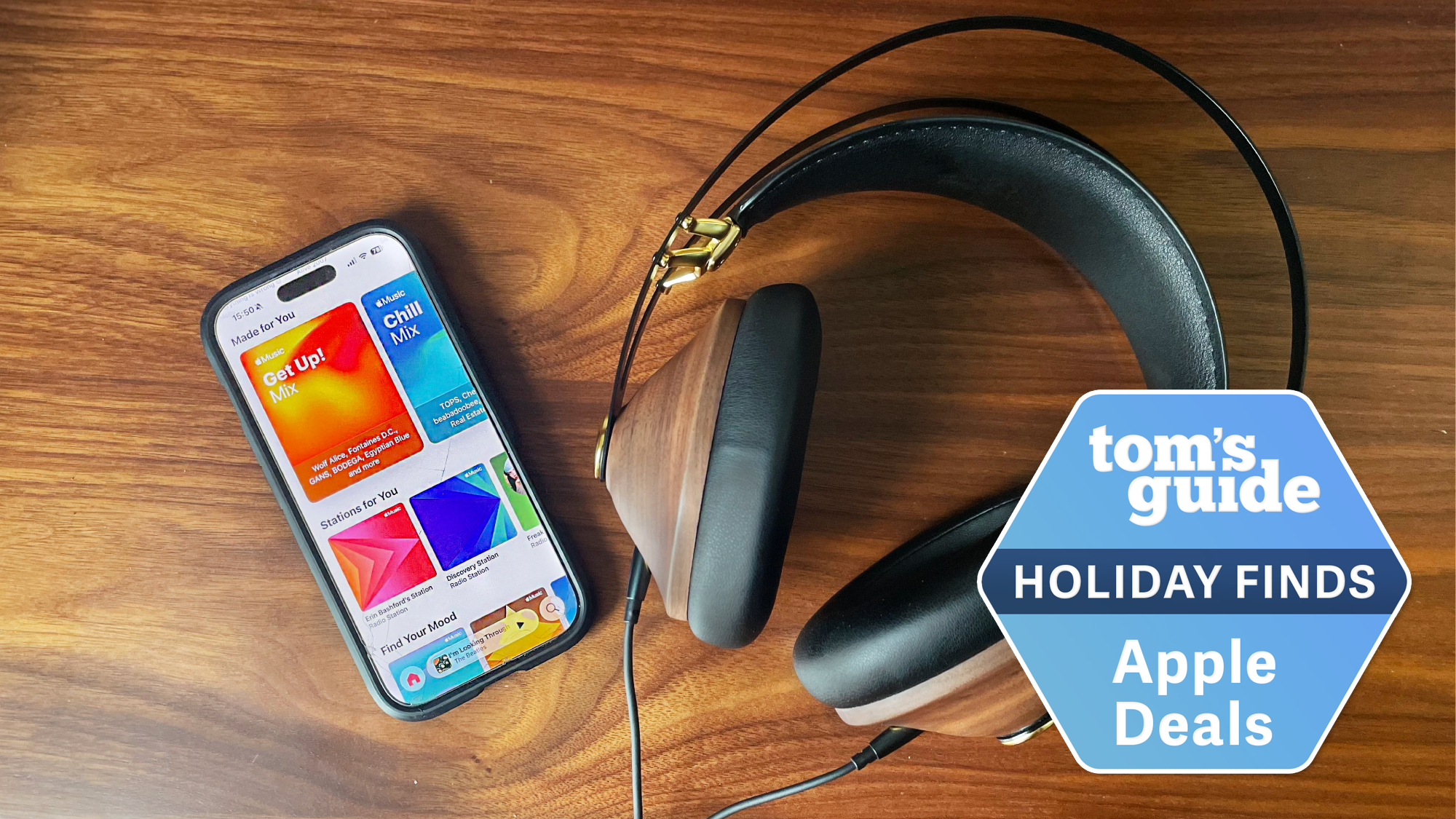Online Security
Explore Online Security
Latest about Online Security

FBI says scammers are stealing Instagram photos to fake kidnappings for ransom money — here's how to spot it
By Scott Younker published
The FBI has issued a new PSA warning of a scam where cybercriminals are using altered social media photos to demand ransom money for virtual kidnappings.

What the App Store Accountability Act means for age verification
By Krishi Chowdhary published
The ASAA requires app stores to verify users’ age along with parental consent for minors before allowing access to apps, raising security woes.

Meta shuts down Australian teens' social media accounts ahead of the country's 'world-first' ban
By George Phillips published
Meta has started shutting down thousands of social media accounts in Australia ahead of the country's "world-first" under-16 social media ban

Missouri's age verification law is now in effect – here's what you need to know
By George Phillips last updated
Age verification laws are now live in Missouri. Here's everything you need to know.

Billions of Chrome users at risk from 13 security flaws including four high-severity ones — update your browser right now
By Amber Bouman published
Google has issued fixes for 13 Chrome security flaws, and four of them are high-severity vulnerabilities.

New Android banking trojan lets hackers stream a live feed from your phone and control it in real time — how to stay safe
By Anthony Spadafora published
The new Albiriox banking malware can already impersonate over 400 financial apps while giving hackers remote control over infected smartphones.

Russia blocks Roblox – and demand for VPNs skyrockets
By Kristin Hassel published
In the last few hours, Russia blocked Roblox of spreading "extremist" views and "propaganda." However, citizens are fighting back with VPNs.

Google just fixed 107 security flaws including two zero-days — update your Android phone right now
By Amber Bouman published
Google has issued a new security patch for Android which fixes over 100 bugs and flaws.
Here at Tom’s Guide our expert editors are committed to bringing you the best news, reviews and guides to help you stay informed and ahead of the curve!


